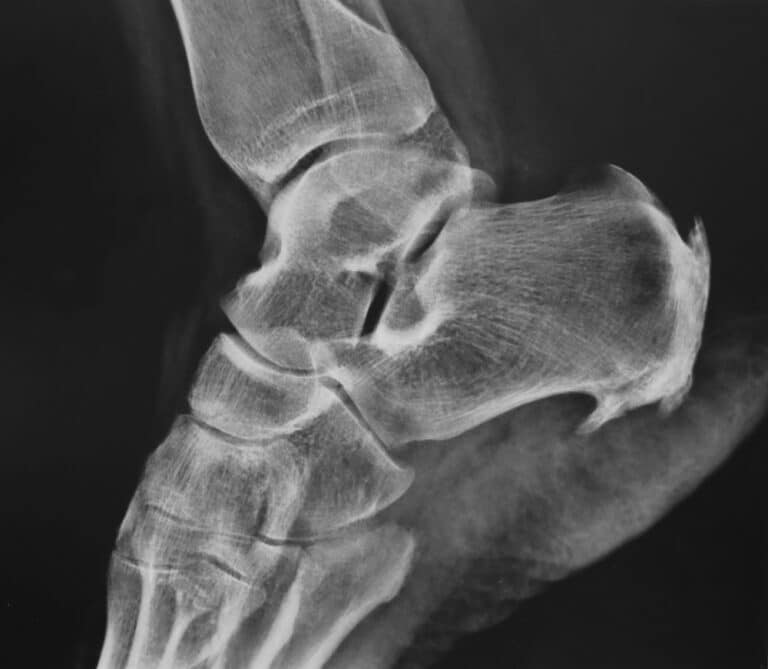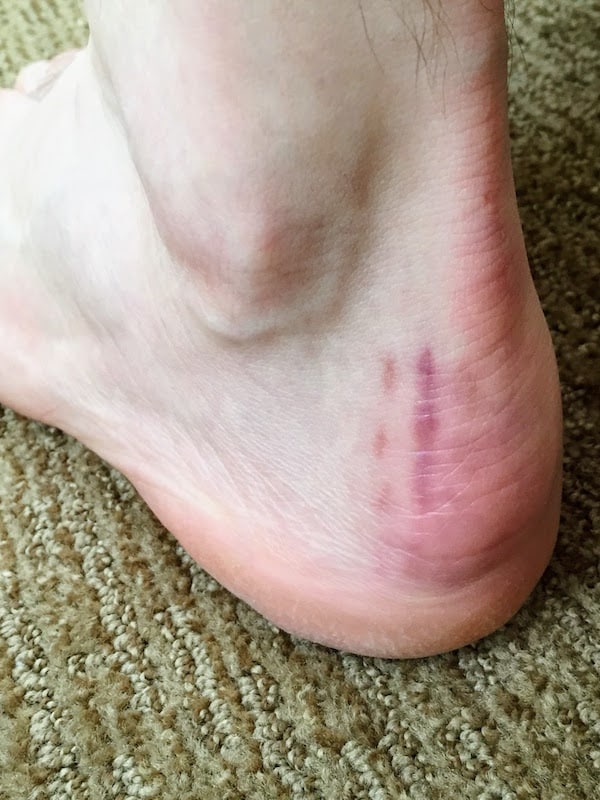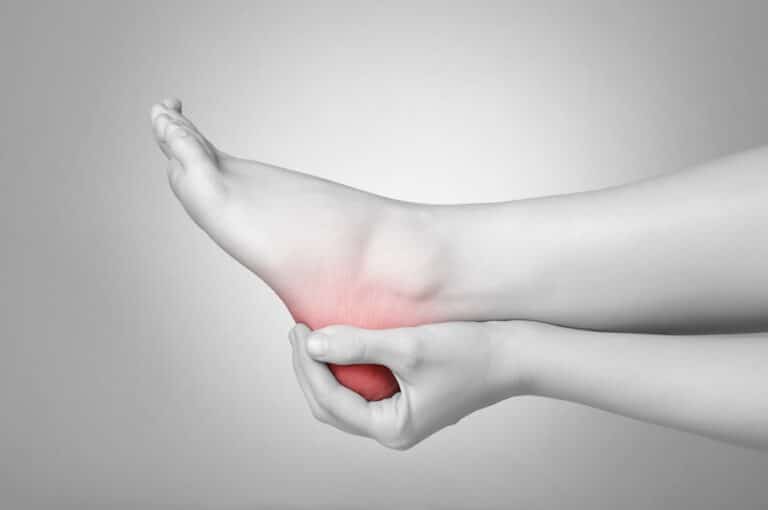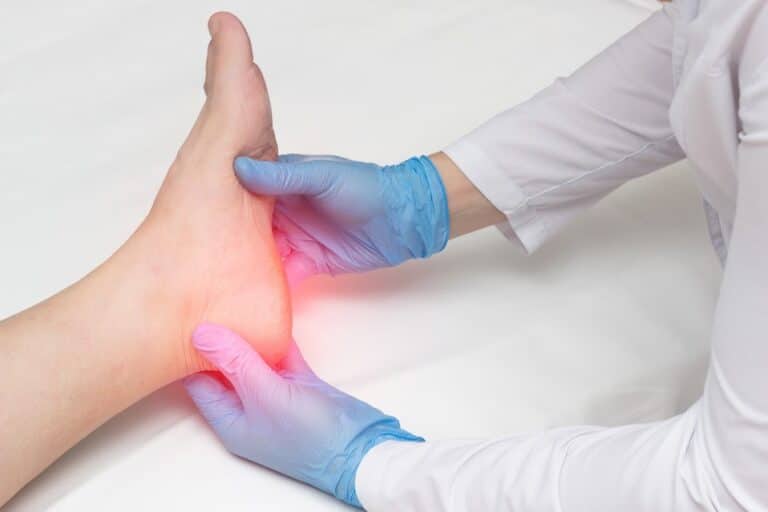Deep corn removal surgery is a surgical procedure used to remove deep corn from the foot. This condition can affect anyone and entails corns that have grown too deep into the skin and cannot be removed using over-the-counter treatments. Here’s more information on deep corn prevention and treatment.
Get a 10% Discount on Corn Removal Surgery Miami
What Are Corns?
Corns are small, hard, cone-shaped growths that can form on the toes and feet. They’re often caused by wearing tight shoes or socks that rub against the skin, can be painful, and may need to be treated by a podiatrist.
There are two main types of corn: hard and soft. Hard corns are usually found on the top of the toe, while soft corns are located between them. The hard ones are often yellow or white, while soft corns are often red or brown in color.
How Are They Treated?
Corns can be treated at home with over-the-counter medicines and remedies if they don’t cause health complications or severe pain. If it comes to it, minimally invasive foot surgery is performed to remove the deep-rooted ones.
Treating corn can be done with methods like:
- Corn pads and medicated patches – can be applied to the afflicted area. They contain salicylic acid, are medicated, and are made for removing corns,
- Thinning thick skin – you can sometimes use tools such as a pumice stone or a nail file to remove corns,
- Soaking your feet – warm, soapy water makes corns softer and less resistant to removal; once the skin softens, you can remove the thickened skin,
- Moisturizing – this may not always help once the corn is formed, but it could prevent others from popping up,
- Comfortable footwear – comfy socks and shoes are integral for foot recovery, no matter the injury type or size; ensure you have cotton socks and comfortable shoes until the corns disappear,
- Shoe inserts – some orthotics may help you get back on your feet (literally,) but they’d have to be prescribed by your doctor,
- Corn removal surgery – your podiatrist will recommend this step only if the corn is causing you pain and discomfort and making walking more difficult.
How to Diagnose Deep Corns?
Deep corns are a severe form of corns and can be challenging to diagnose. They may cause significant pain and discomfort and can sometimes lead to infection. There’s a way you can try to diagnose them without a doctor’s opinion.
Look at the afflicted area closely. Deep corns often have a smaller “core” than regular ones and may be darker in color. Press on the corn with your fingers to determine its type. If it’s deep, you should be able to feel a small hard “core” in the center.
If you suspect your corn issue is deep, contact a podiatrist. You may even be able to take a picture and send it to them without visiting their office. They may be able to give you a diagnosis based on the image, but if not, they’ll recommend a visit.
How to Prevent Corns?
A few things can be done to help prevent corns from forming. One is wearing the proper type of shoes. If they’re too tight, they can put pressure on your feet and lead to the formation of foot corns, among other foot-related afflictions and problems.
Even shoes that are too loose can cause similar problems. Ideally, comfortable and lightweight footwear paired with cotton socks is the way to go. Soaking your feet in warm, soapy water every once in a while and moisturizing them is also helpful.
What Does Deep Corn Removal Entail?
Deep corn removal surgery is typically performed as an outpatient procedure, meaning the patient doesn’t need to stay in the hospital overnight. The surgery is relatively quick, and the recovery time is short, with most patients being able to return to normal activities within days.
This procedure poses a few risks, but they’re typically rare and easily managed. The most common complication is an infection, which can be treated with antibiotics. Overall, surgery is considered a safe and effective treatment for corn removal.

When Do You Need to See a Doctor?
It’s wise to see a doctor for deep corns when they’re causing pain or discomfort. A podiatrist can safely and effectively remove the problem, offer advice and treatment, and prepare you for surgery, should it be necessary.
It’s highly recommended for people with diabetes and heart conditions to come to a doctor for a consultation since they’re the patients at risk of suffering surgery complications. Of course, a doctor can and will explain this in detail when you visit one.
Contact Your Surgeon in Miami for More Information
If you think you may have deep corn, you must see your doctor or podiatrist as soon as possible. They will determine whether or not you have this condition and prescribe the appropriate treatment.
Luxe Foot Surgery in Miami is the ideal practice for that. We provide top-notch healthcare and surgery for many issues. Our facilities are modern, and our staff is kind and highly skilled.
If you need us for a deep corn removal surgery, contact us every weekday from 9 AM to 5 PM or book a free consultation on our website.
FAQ
Here are the answers to some common questions about feet corns.
Is Having a Corn Removal Painful?
No, it isn’t. There may be a bit of discomfort as the corn is removed, but it’s otherwise a relatively straightforward procedure.
You may have a small bandage or dressing on the area afterward. Still, you can usually remove this after a day or two and return to normal activities relatively soon after the procedure.
Can Corn Be Fully Removed?
Yes, foot corn can be fully removed. The most common way is using a scalpel, usually done in a doctor’s office or clinic. Over-the-counter treatments, such as corn pads or plasters, can sometimes help if the corn is soft.
How Deep Can a Corn Get?
A foot corn is basically just a big callus that forms on the toe or foot. It can get pretty deep, depending on how big it is. It could get all the way down to the bone if it’s a big one.




